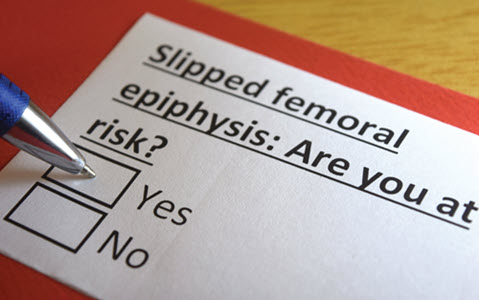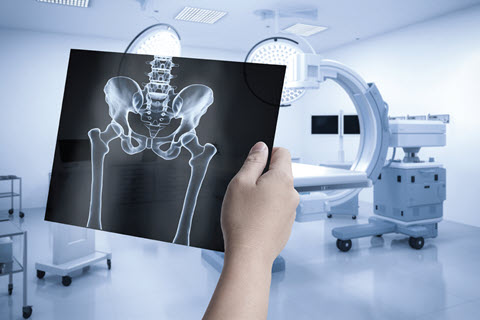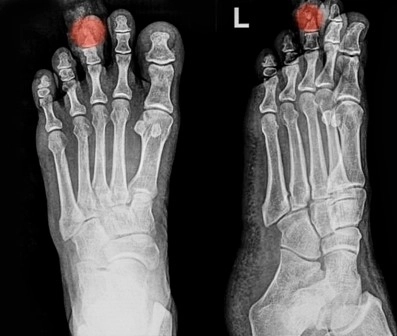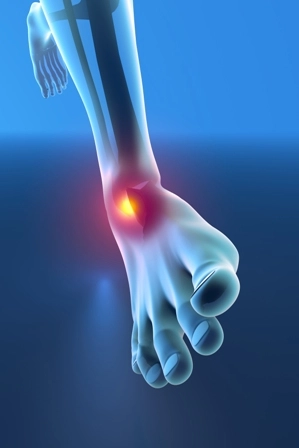Check Out the Expansion of This Epiphysis Code Group
The M93.0- code set is about to get bigger. When ICD-10 2023 takes effect on Oct. 1, 2023, coders will have a lot more diagnoses to choose from when a patient reports with a slipped upper femoral epiphysis. Why? The World Health Organization (WHO) set its sights on expanding the M93.0- (Slipped upper femoral epiphysis (nontraumatic)) code family, giving several more 5th and 6th character options for patients suffering from this condition. Check out how ICD-10 coding for this epiphysis will change in 2023. ICD-10 Gets More Specific With Epiphysis Type In ICD-10 2023, you’ll have the following new codes to choose from when a patient suffers from unspecified nontraumatic slipped upper femoral epiphysis: Impact: Adds specificity as to the severity of the epiphysis (unspecified, acute, chronic, acute on chronic). Laterality Marks Many New Codes In the code category M93.0-, you’ll find the new code M93.04 (Acute slipped upper femoral epiphysis, unstable (nontraumatic)). This code, in turn, leads you to these new codes: The ICD-10 2023 code family will also include similar expansions for the following codes, which are also new for 2023: For each of these codes, ICD-10 is adding five-character codes under them to indicate laterality. The changes will be similar to the changes addressed above in regards to the M93.04 code set. Condition Defined: Upper Femoral Epiphysis According to Johns Hopkins Medicine, slipped upper femoral epiphysis is also called slipped capital femoral epiphysis (SCFE). The condition is “a disorder of adolescents in which the growth plate is damaged and the femoral head moves (“slips”) with respect to the rest of the femur. The head of the femur stays in the cup of the hip joint while the rest of the femur is shifted.”





